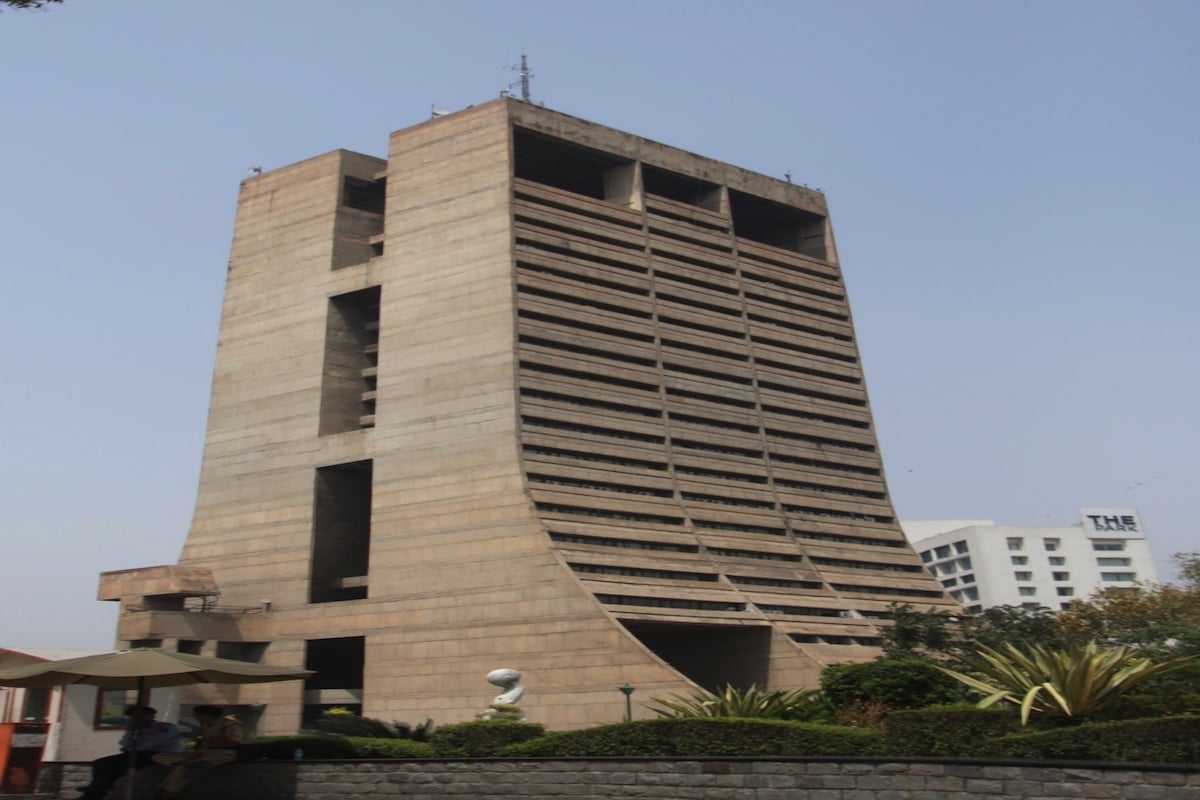New Delhi: New Delhi Municipal Council (NDMC) is developing modular rainwater harvesting pits in its area, Vice Chairman of the civic body Satish Upadhyay said.
He informed me that these pits will be a little different from the conventional water harvesting pits and would require lesser time and investment to install.
“The Modular Rainwater Harvesting Pits are not only cost-effective but also take a shorter time to install and require less maintenance. Our Road Division has already developed 160 modular pits and now working on 95 such more pits at different locations in the NDMC area,” he said.
The NDMC VC also informed that the work order is to be awarded by this month and the project is slated to be completed by March 2023.
“Rain Water Harvesting chamber using the modular technology is accident-free and economic too. Less time for construction is required. It creates no dust pollution in the atmosphere during construction as no stone is required for construction as readymade polymer-based blocks are brought at the site and placed in interlocked position,” he said.
Explaining how the modular RHS works, Upadhyay said: “It consists of three chambers wherein the rainwater collected from storm water drains enters the underground brick masonry manholes, which are around 1.2-metre wide and 1.2-meter deep. From the middle of a chamber here, a pipe goes to the second chamber called the filter unit, which is around 2-meter deep. It has a strainer to catch dirt, silt, and other solids allowing movement of the steel bucket installed on the lower side of this chamber. The bucket has a pipe going to the third and main chamber.”
“The main chamber is made of pre-fabricated polymer-based blocks that are placed in an interlocked configuration. These are laid around the bore well pipe which is 30-35 meters deep and the whole system is wrapped with geotextile fabric to restrict the entry of soil into the system. The chamber allows the percolation of rainwater through the borewell pipe via pores made on the pipe while also storing any excess water,” he explained.
“The benefit of the structure is that it is completely underground and its surface can be used for parking, gardening, etc,” Upadhyay added.


